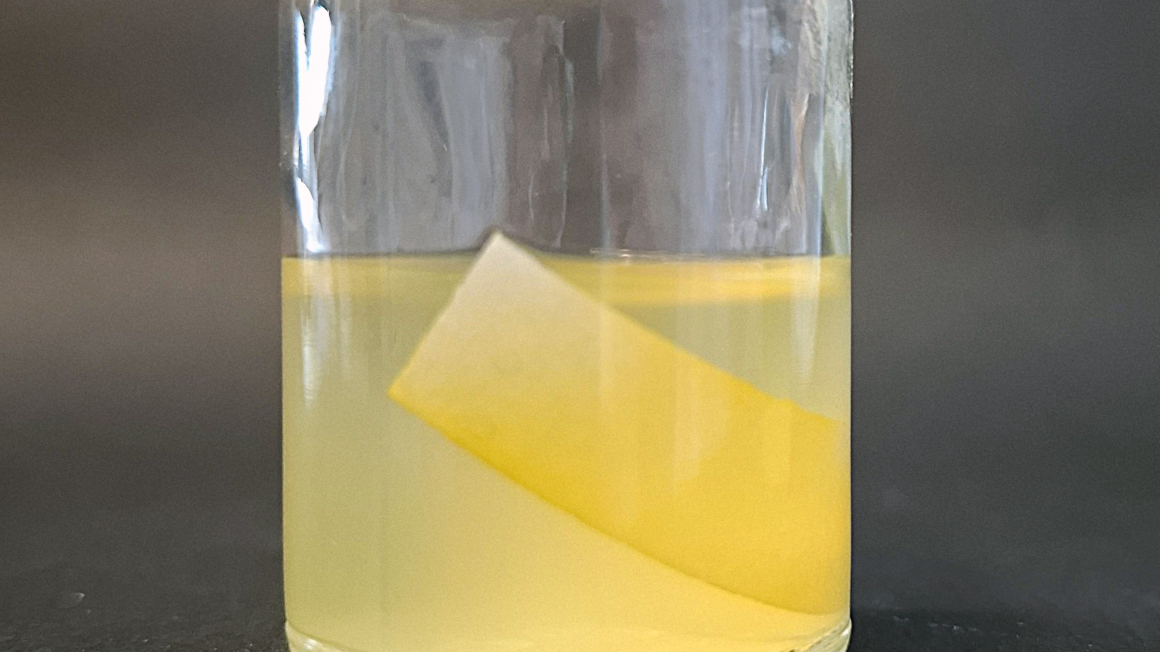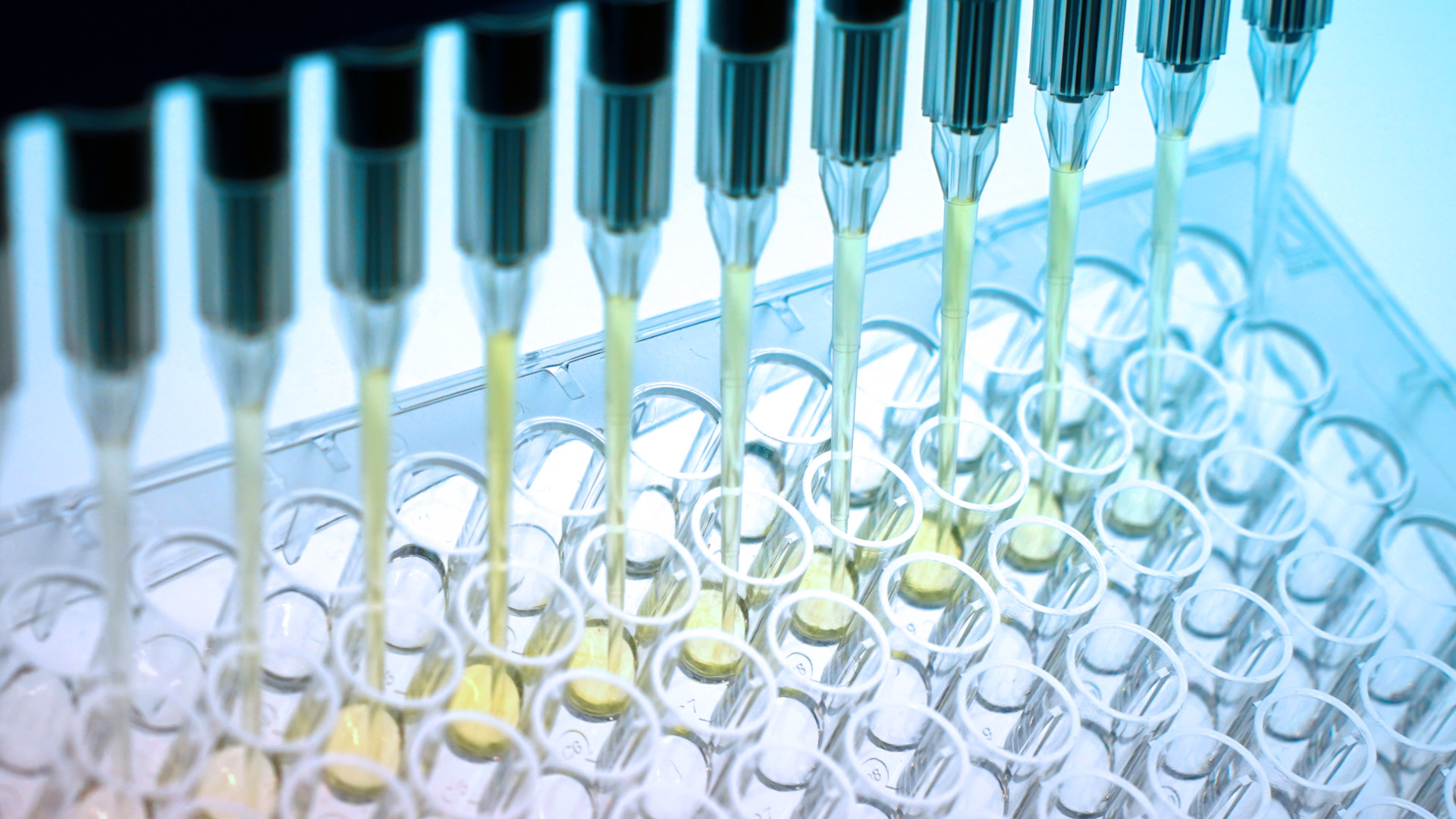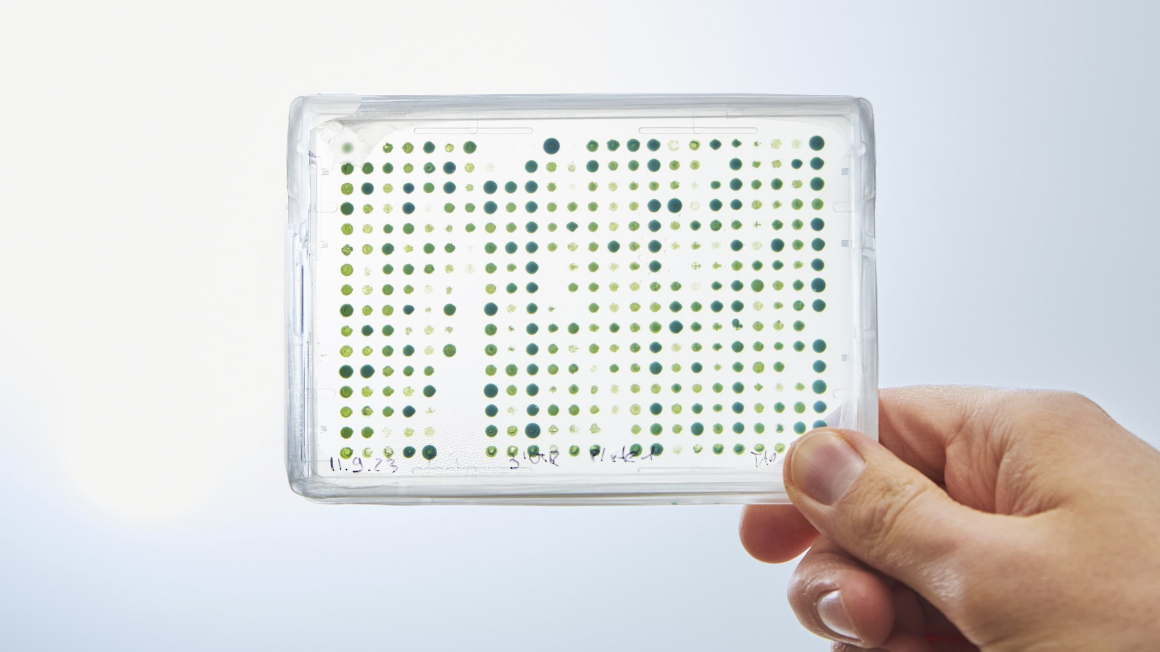How pigments convert plant biomass
Jena researchers have elucidated the molecular structure of the so-called Yellow Affinity Substance (YAS) and provide new insights into how the yellow pigments produced by the anaerobic bacterium Clostridium thermocellum convert cellulose into sugar.

Anaerobic bacteria are among the oldest life forms on earth. Compared to other organisms, they can survive in places where there is no oxygen. These adaptive artists are therefore of great interest to researchers. With Clostridium thermocellum, researchers from the Leibniz Institute for Natural Product Research and Infection Biology - Hans Knöll Institute (Leibniz-HKI) and the Max Planck Institute for Chemical Ecology in Jena have scrutinised an anaerobic bacterium that is of crucial importance for the degradation of cellulose in plant cell walls.
The bacterium is not only a survival artist. It also produces unusual substances and helps to break down organic material such as cellulose in plant cell walls and to release nutrients that are important for biotechnology - for example to produce new biofuels or medicines. YAS therefore plays a key role in the conversion of cellulose into sugar. The Yellow Affinity Substance is a yellow pigment and is produced by Clostridium thermocellum.
Biosynthesis gene cluster of YAS identified
As part of the AnoxyGen project, the researchers have elucidated the molecular composition of YAS for the first time. They discovered that the pigment consists of several components, so-called celluxanthenes. At the same time, they identified the responsible biosynthesis gene cluster through targeted genetic manipulation. This showed that celluxanthenes also have ‘mild antibiotic activity’ against clinically relevant, resistant pathogens.
Optimising the use of plant biomass
The researchers are convinced that understanding the genetic basis of biosynthesis offers the possibility of producing or modifying celluxanthenes in the future. The findings could also help to optimise the use of plant biomass. ‘We can now begin to investigate possible ecological functions, including antibacterial activity in defence of the food source (cellulose) against competitors,’ report the researchers.
Jena-based natural product researcher Christian Hertweck was awarded the ERC Advanced Grant by the European Research Council for his work on the AnoxyGen project. His research aims to unlock the hidden potential of anaerobic bacteria to produce new bioactive natural products.
bb


